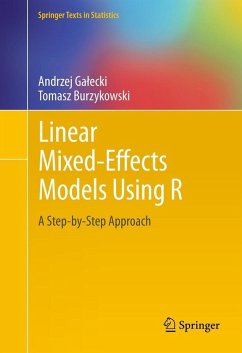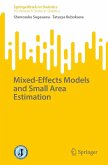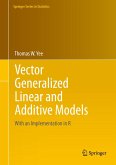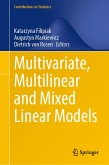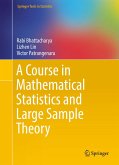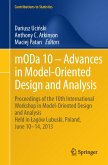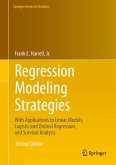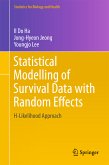Andrzej Galecki is a Research Professor in the Division of Geriatric Medicine, Department of Internal Medicine, and Institute of Gerontology at the University of Michigan Medical School, and is Research Scientist in the Department of Biostatistics at the University of Michigan School of Public Health. He earned his M.Sc. in applied mathematics (1977) from the Technical University of Warsaw, Poland, and an M.D. (1981) from the Medical University of Warsaw. In 1985 he earned a Ph.D. in epidemiology from the Institute of Mother and Child Care in Warsaw (Poland). He is a member of the Editorial Board of the Open Journal of Applied Sciences. Since 1990, Dr. Galecki has collaborated with researchers in gerontology and geriatrics. His research interests lie in the development and application of statistical methods for analyzing correlated and over- dispersed data. He developed the SAS macro NLMEM for nonlinear mixed-effects models, specified as a solution to ordinary differential equations. He also proposed a general class of variance-covariance structures for the analysis of multiple continuous dependent variables measured over time. This methodology is considered to be one of first approaches to joint models for longitudinal data. Tomasz Burzykowski is Professor of Biostatistics and Bioinformatics at Hasselt University (Belgium) and Vice-President of Research at the International Drug Development Institute (IDDI) in Louvain-la-Neuve (Belgium). He received the M.Sc. degree in applied mathematics (1990) from Warsaw University, and the M.Sc. (1991) and Ph.D. (2001)degrees from Hasselt University. He has held guest professorships at the Karolinska Institute (Sweden), the Medical University of Bialystok (Poland), and the Technical University of Warsaw (Poland). He serves as Associate Editor of Biometrics. Dr. Burzykowski published methodological work on survival analysis, meta-analyses of clinical trials, validation of surrogate endpoints, analysis of gene expression data, and modelling of peptide-centric mass-spectrometry data. He is also a co-author of numerous papers applying statistical methods to clinical data in different disease areas.
Dieser Download kann aus rechtlichen Gründen nur mit Rechnungsadresse in A, B, BG, CY, CZ, D, DK, EW, E, FIN, F, GR, HR, H, IRL, I, LT, L, LR, M, NL, PL, P, R, S, SLO, SK ausgeliefert werden.
Overall, this is very well-written book that covers both LMs and LMMs. Most of the R codes have been checked and work well. The R package nlmeU created by the authors provides great convenience for readers to explore the data in the textbook. Given the extensive applications of LM and LMM, the book should be very appealing to the readers of Technometrics.
Techonometrics, 56:1 2014
"This textbook is built as a step by step incremental description of a modelling tool used extensively in the analysis of hierarchical structured data sets. It is a balanced collection of concepts and examples from various research areas ... . In addition to a great collection of theory and examples, a state of the art description of LMMs in R, the authors developed the R package nlmeU which contains the data sets and presented R code, making this book a milestone in its field." (Irina Ioana Mohorianu, zbMATH, Vol. 1275, 2014)
"Linear Mixed-effects Models Using R byAndrzej Galecki and Tomasz Burzkowski, published by Springer is a book that covers in dept a lot of material on linear models. The book has clear instructions on how to program in R. ... This is a good reference book." (Cats and Dogs with Data, maryannedata.wordpress.com, August, 2013)

